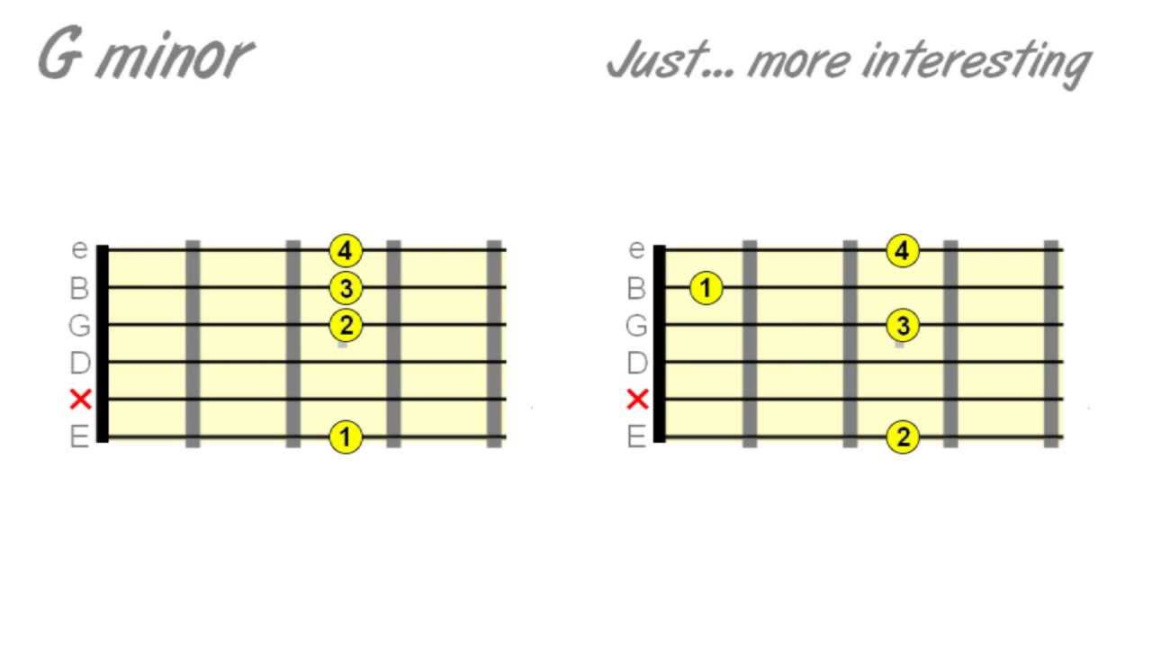—
Beyond the Basics: Diving into Alternative Guitar Chord Progressions
We’ve all been there, strumming along to the same old I-IV-V progression, feeling like our musical creativity is stuck in a rut. It’s like eating the same meal every day – satisfying, but eventually, you crave something different. If you’re a guitarist looking to break free from the familiar and explore new sonic territories, you’re in the right place. We’re going to dive into the world of alternative chord progressions, the secret sauce that can add depth, emotion, and a unique flavor to your music.
Let’s face it, the standard chord progressions are the bread and butter of popular music. They’re reliable, they work, and they sound good. But sometimes, you need a bit more spice, something that sets your music apart. That’s where alternative progressions come into play. These are the chord sequences that venture off the beaten path, using chords and combinations you might not encounter in your typical pop or rock song.

Exploring Modal Progressions
One of the most exciting ways to expand your chordal horizons is by exploring modal progressions. Instead of sticking strictly to major or minor keys, modal progressions draw from the various modes of the major scale. Each mode has its own unique character and flavor, and using them in your progressions can create some seriously interesting sounds.
For instance, the Dorian mode, with its characteristic minor sound and raised sixth, can add a touch of melancholy and mystery. Think of progressions like i-IV-vii-i, which creates a haunting, introspective vibe. Or try i-VII-IV-i, which carries a more ancient, folk-like feel. The Phrygian mode, with its flattened second, brings a dark, almost Spanish flair. A progression like i-bII-VII-i can sound dramatic and intense. The Lydian mode, with its raised fourth, offers a bright, ethereal quality. Try I-II-iv-I, which carries a dreamy, expansive feel.
Using Secondary Dominants and Substitutions
Another way to inject some excitement into your chord progressions is by using secondary dominants. These are dominant seventh chords that resolve to chords other than the tonic. They create a sense of tension and release, adding harmonic interest to your music. For instance, in the key of C major, instead of just sticking to the standard C-F-G-C, you could throw in an A7 chord (V7 of Dm) before the Dm, creating a C-A7-Dm-G-C progression.
Chord substitutions are another powerful tool in your arsenal. You can replace a chord with another chord that shares some common tones, creating a different harmonic color. For example, you could substitute a minor chord with its relative major or a major chord with its parallel minor. A classic example is substituting a I chord with a vi chord in a progression.
Experimenting with Chromaticism
Chromaticism, the use of notes outside the diatonic scale, can also add a unique and compelling flavor to your chord progressions. Adding passing chords or chromatic mediants can create unexpected harmonic movement and add a sense of sophistication to your music.
For example, try incorporating a chromatic passing chord between two diatonic chords, like going from a C major to a D minor, but adding a C# diminished in between. This creates a brief moment of tension that resolves smoothly, adding a touch of drama to the progression. You can also experiment with chromatic mediants, which are chords that are a major or minor third away from the original chord. These can add unexpected harmonic shifts and create a sense of surprise.
Incorporating Unusual Chord Voicings
Beyond just the chords themselves, the way you voice them can also make a big difference. Try experimenting with different inversions and voicings to create unique textures and colors. For instance, instead of playing a standard C major chord, try playing it with the third in the bass (C/E) or the fifth in the bass (C/G). This can add a subtle but noticeable difference to the sound of your progression.
You can also experiment with open voicings, where you spread the notes of the chord out over a wider range. This can create a more spacious and atmospheric sound. Try playing a simple major chord with the root, fifth, and octave, leaving out the third. This creates a powerful, open sound that can add a sense of grandeur to your music.
Breaking the Rules and Finding Your Own Sound
Ultimately, the best way to discover alternative chord progressions is to experiment and break the rules. Don’t be afraid to try unusual combinations and see what sounds good to your ears. There are no hard and fast rules when it comes to music, and the most interesting and original sounds often come from breaking the mold.
Listen to your favorite artists and analyze their chord progressions. Pay attention to the chords they use and how they move between them. Try to recreate their progressions and then experiment with changing them up. You might be surprised at what you discover.
Conclusion
Exploring alternative chord progressions is a journey of discovery. It’s about pushing the boundaries of your musical creativity and finding new ways to express yourself through your guitar. While the standard progressions are reliable and effective, venturing into modal progressions, secondary dominants, chord substitutions, chromaticism, and unusual voicings can add depth, emotion, and a unique flavor to your music. Don’t be afraid to experiment, break the rules, and find your own sound. The world of alternative chord progressions is vast and exciting, waiting for you to explore its endless possibilities. So pick up your guitar, start experimenting, and let your creativity soar.

